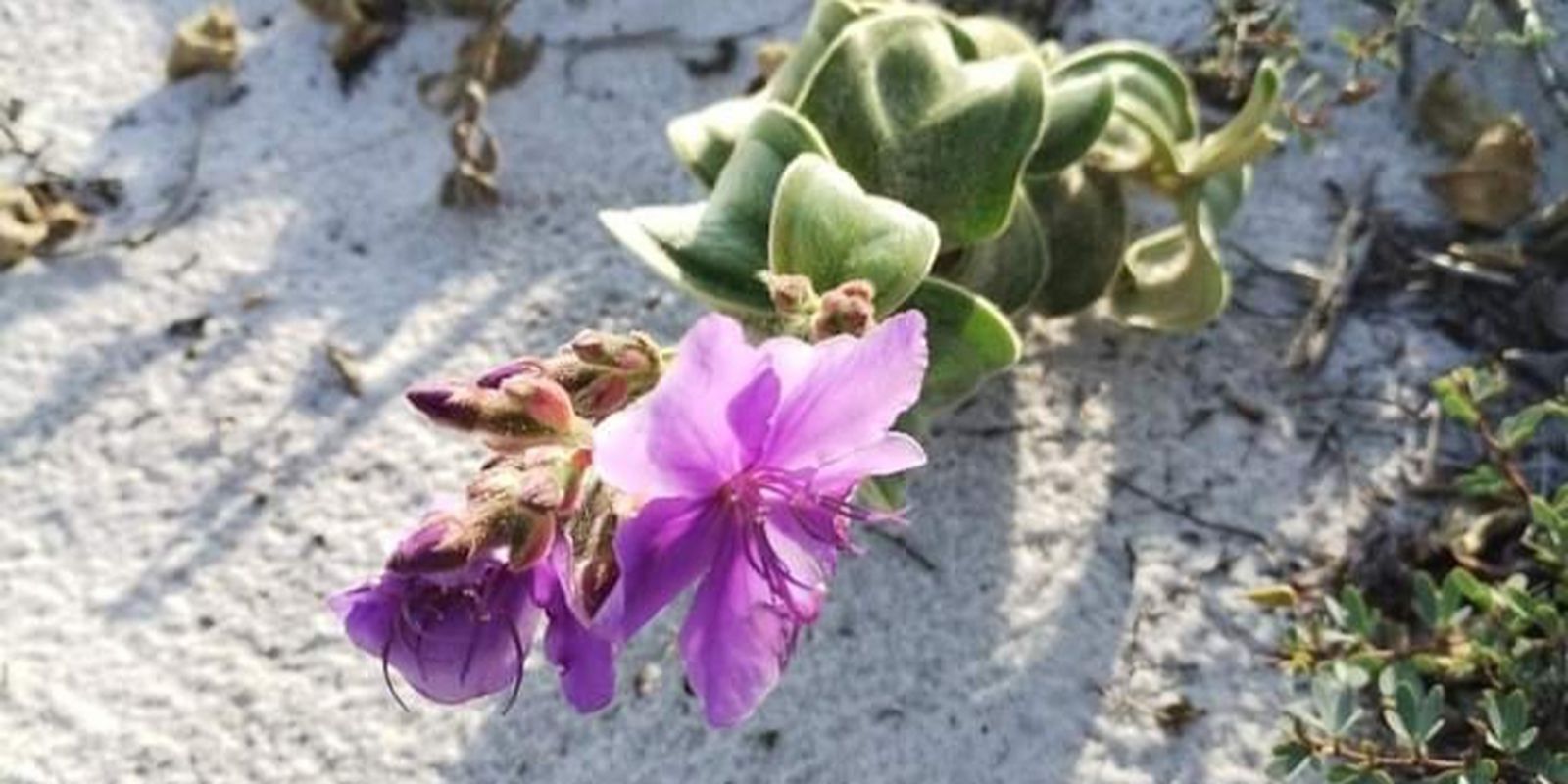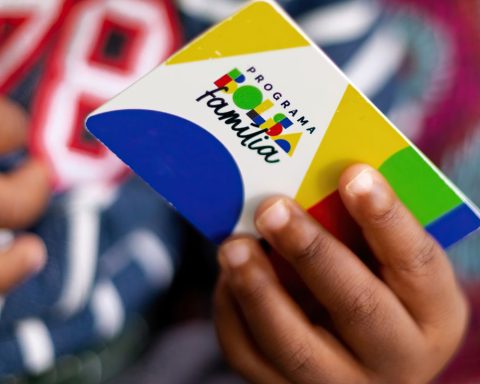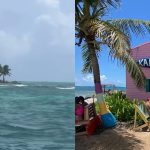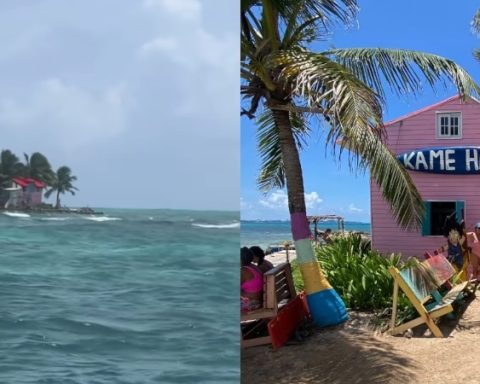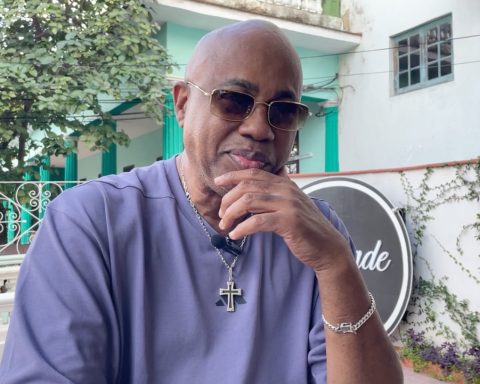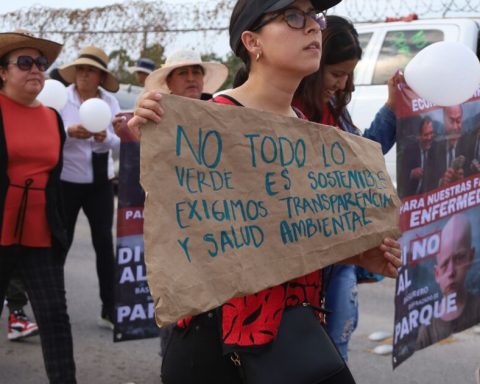The rare species Pleroma hirsutissimum has returned to its place of origin in the dunes of Praia do Peró, in Cabo Frio, in the Lagos Region, in Rio de Janeiro. The last time the creeping shrub with lilac flowers had been collected was in 1982, by researcher at the Rio de Janeiro Botanical Garden, Dorothy Araújo. The reintroduction took place on the 17th, with the planting of 100 seedlings.
These plants were obtained by different inoculation treatments during the meeting Pleroma hirsutissimum: rediscovery, research and conservation actions, organized by the Instituto Federal Fluminense (IFF), in Cabo Frio, to contribute to the conservation of vegetation.
The event brought together researchers who work in the study and conservation of the plant, which, according to the Botanical Garden, draws attention for its beauty. Pleroma hirsutissimum, which was rediscovered in 2020, according to the Botanical Garden of Rio de Janeiro, is an endemic plant of the sandbanks of Cabo Frio and Arraial do Cabo and the region covered by the Costa do Sol State Park.
According to Jardim Botânico, the plant is categorized as Critically Endangered (CR), according to the Red Book of Endemic Flora of the State of Rio de Janeiro, published by the National Center for the Conservation of Flora Environmental Space (CNCFlora). “The classification is given because it is in an area with strong anthropic pressure, represented by tourism and real estate speculation, and yet because there is little information about it”.
The researcher from the Botanical Garden of Rio de Janeiro Paulo José Fernandes Guimarães, who confirmed the rediscovery of the species two years ago, points out the importance of the plant registered 40 years ago by Professor Dorothy Araújo. “From a new record, the bush has been studied in a doctorate and some scientific works. Our objective is to contribute to the conservation of the dune vegetation, which plays an important role in containing the advance of sea water and in reducing the invasion of sand”, she said.
At the meeting, the researchers presented the results of ongoing studies “such as the anatomy, micropropagation and inoculation of root symbiont microorganisms with the inoculant developed by the team at the Laboratory of Ecotoxicology and Environmental Microbiology at the IFF”.
The species was rediscovered after a series of expeditions, carried out in November 2020. The idea was to collect seeds and produce seedlings of species native to the state of Rio.
According to the Botanical Garden, the expeditions that are part of the Pró-Espécies Project: All against extinction were carried out by the team of the National Action Plan for the Conservation of Endemic Flora Threatened with Extinction of the State of Rio de Janeiro (PAN Flora Endemic of Rio de Janeiro Janeiro), which is coordinated by the Secretary of State for the Environment and Sustainability, in partnership with the Botanical Garden of Rio, through CNCFlora.
